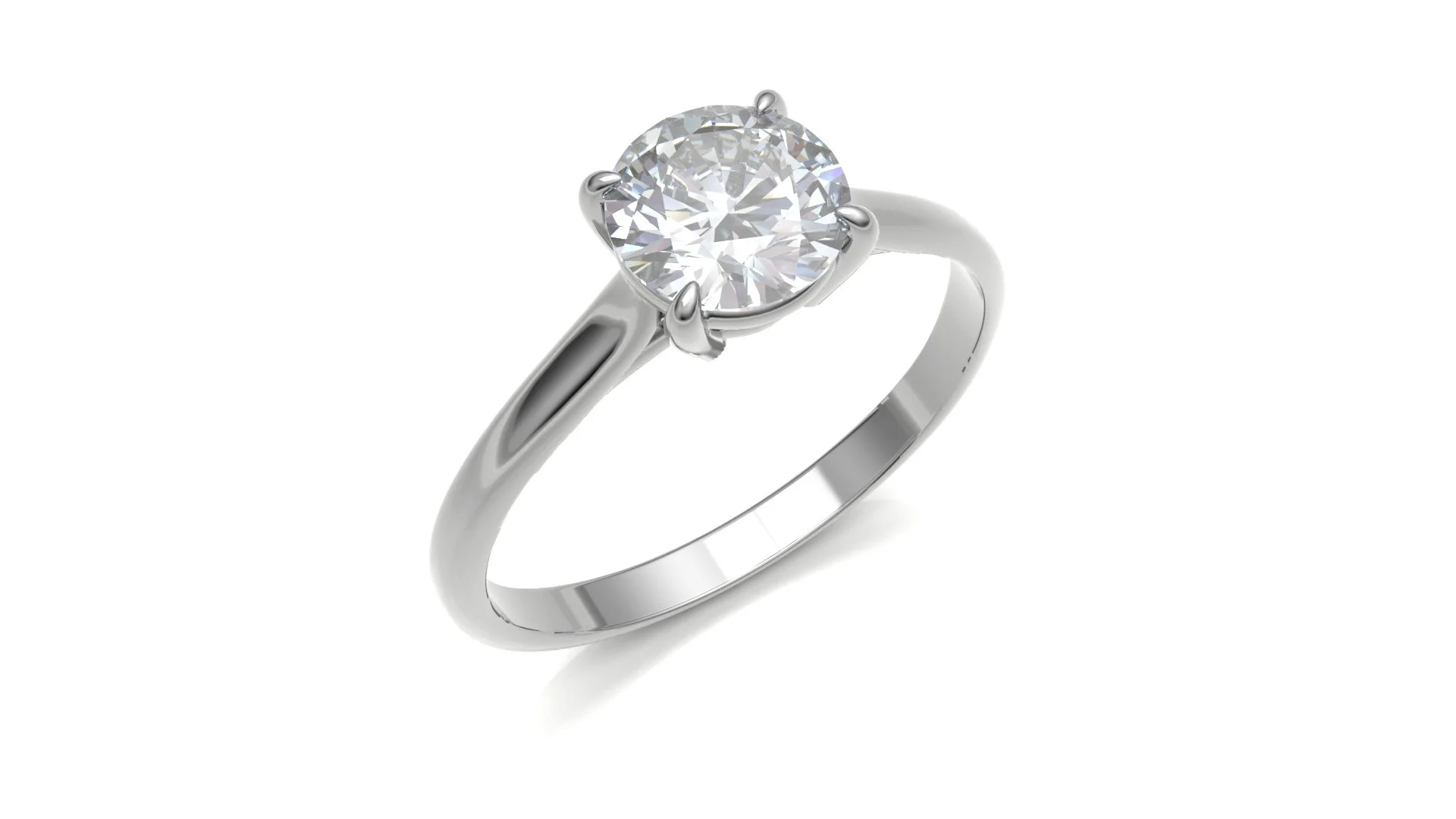gemstones settings
CLAW or PRong SETTING
This type of setting is one of the most popular setting styles where the stone is held in place by claws (or prongs). It allows the maximum amount of light to pass through the stone because of the high position of the stone and it’s not covered by a lot of metal, making it a preferred setting choice. You can have the claws in a variety of shapes - from round to square or v-shaped and also in any number of your choice.
RUB OVER or BEZEL SETTING
A bezel setting is where the metal wraps around the stone, securing the stone inside it with the metal slightly ‘rubbed over’ the gem. It’s a great setting that can protect the surrounding edge of the stone and at the same time add size to the stone visually. The bezel does not necessarily have to go all the way around the gem - you can have a half bezel or even have a pattern, depending on the look you are going for. A piece of jewellery can also be designed with thick or thin bezel walls and can be used for a centre stone and accent stones as well.
CHANNEL SETTING
In a channel setting, the stones are lined up with minimal space between them and set in a groove of the channel that is created in the metal. This style of setting gives the illusion that the stones are floating in between. It’s perfect for wedding bands with a modern and edgy look.
Flush or Invisible Setting
A flush or invisible setting is where a stone is set within a metal hole and the metal is applied above the girdle so the stone looks ‘flush’ against the metal. It is an extremely versatile setting style that can be used for all types of jewellery to add a bit of sparkle.
GRAIN and pavé SETTING
In this setting style, the stones are held by tiny claws/prongs called grains which are lifted from the metal and onto the stone to secure it. A pavé setting is when lots of small stones are grain set on a surface; if the stones are less than 0.01ct it is called micro-pavé and a microscope is needed to set them. The grains are very small and not much metal is visible to create a sparkling piece of jewellery.
cut down SETTING
With a cut down setting, the stones are set along the edges with nearly no metal on their side. The amount of metal is reduced and the stones are more visible. They are held by 4 tiny clays cut from the metal where the stones are set. This is a popular setting for wedding bands as well as shoulders and halos of engagement rings.
FISHTAIL setting
A unique setting style where the stones are set low into the metal with delicate fishtail-shaped cuts.
MILLEGRAIN
Millegrain comes from the French a thousand (mille) grains. It is, in fact, a decorative finish on the edges made of lots of tiny grains
Solitaire - rub over setting
Halo - Grain Setting
Cluster
Grain Setting with millegrain
v-shaped claws & channel setting
Twisted shank - Cutdown setting
Fishtail setting
Split shank - Cutdown setting
Pavé setting







